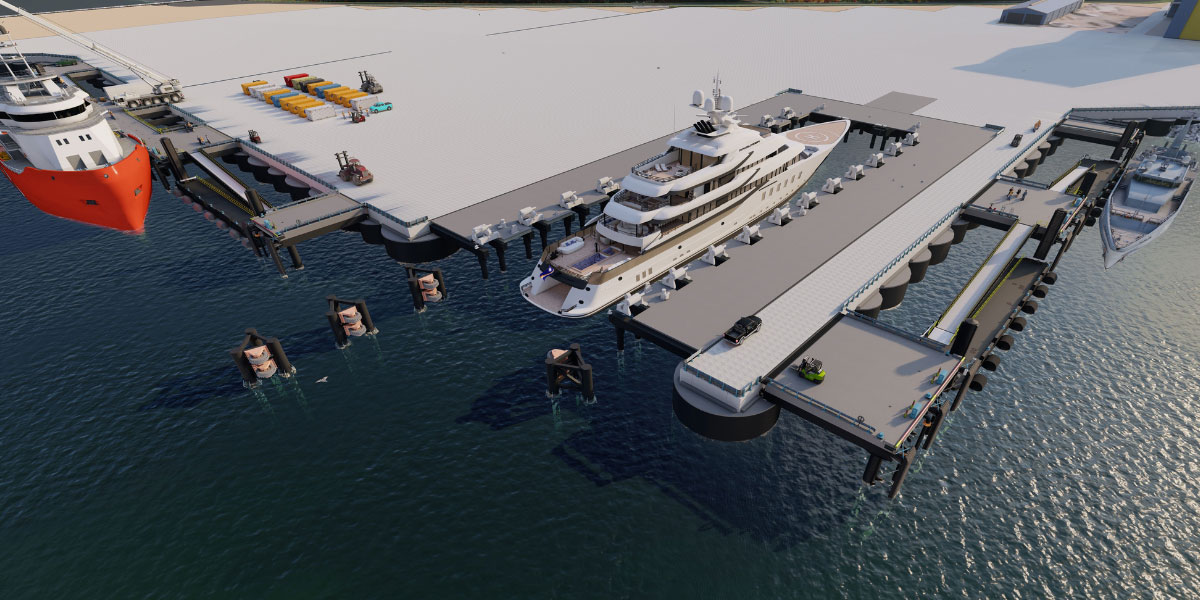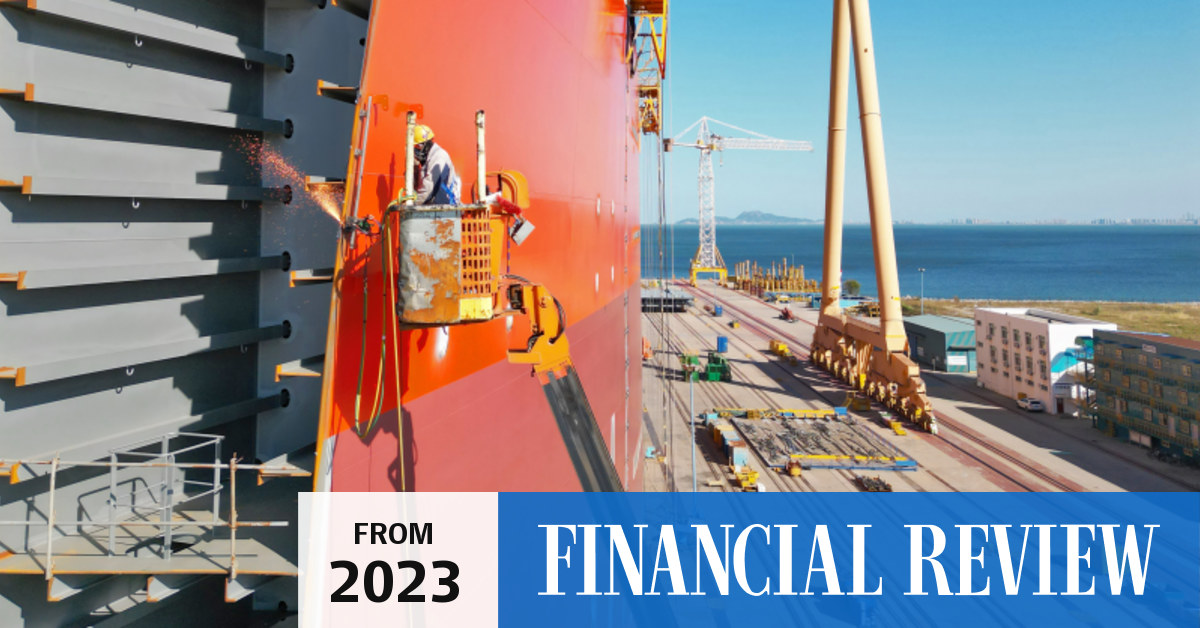It will need a deluge firefighting systems for the VLS, pumps piping etc.
It will be interesting if one of the changes will be an extra GT and simpler propulsion system.
I'm going to really stick my neck out and suggest the long term aim be to classify the Hunters as tier 2 and the enhanced missile Type 26 or if the full Type 83 is decided on, i.e. high end air defence, ABM, strike, ASW and a multi mission capability, they be the tier 1.
Fantasy fleet here sorry, but the RAN really needs to increase major combatant numbers to reverse the "shrinkflation" (
'Shrinkflation' to rise as grocery manufacturers offset rising costs) of the last 50 years.
We need fifteen or more majors. I would suggest, three Hobart, six hunter and six hunter DDGs. Then the Hobart's be replaced with Type 83 multi role destroyers based on the Type 26.
Concurrently a GP frigate be acquired as a third tier. Perhaps eight.
This would result in a structure of a growing number (three then six) tier 1 multi role destryors (more like cruisers), a second tier of twelve, shrinking to nine ASW (6) and air defence / strike (3) frigates. Then eight tier 3 GP frigates.
It would take a couple of decades to get there, but planning needs to start now.




